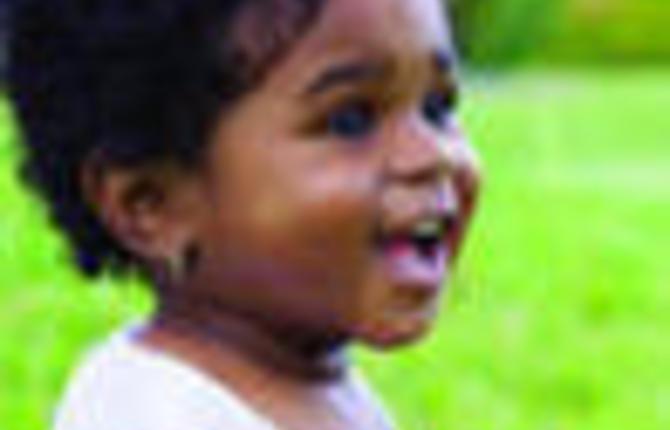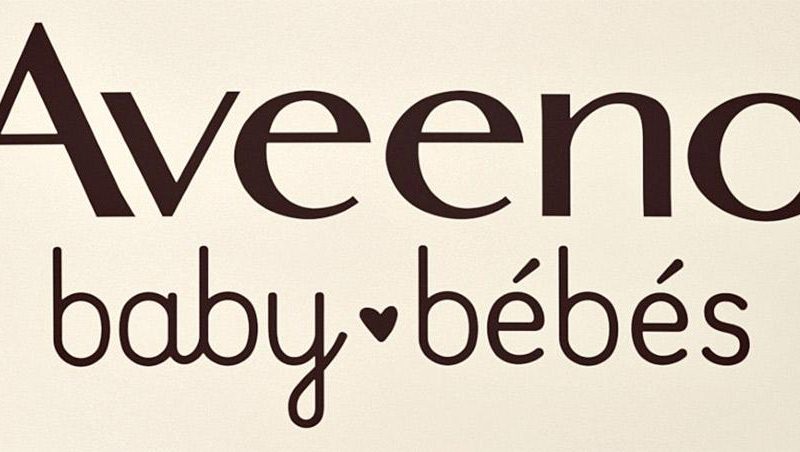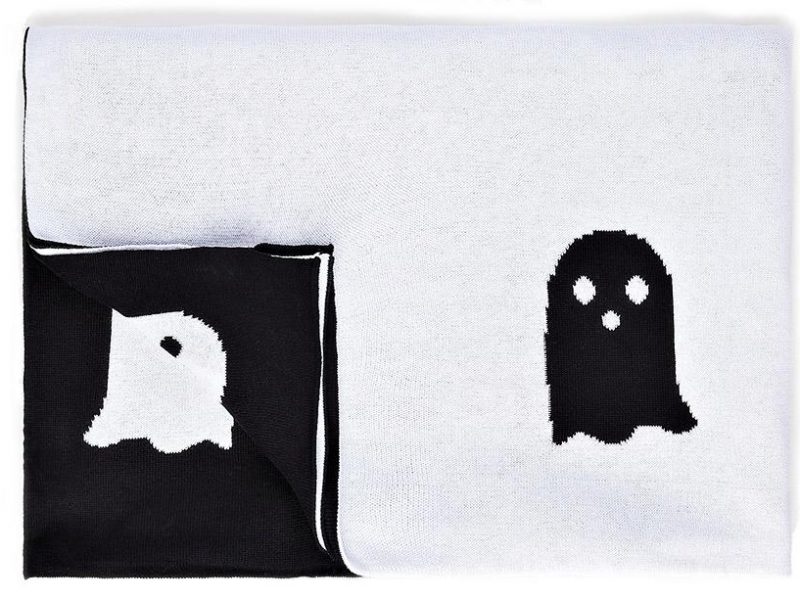
How infant speech develops
During the past year the Oral Dynamics Lab at the University of Toronto has been doing research with more than 125 babies on infant speech development. Their study investigates how babies use information on speech that they see and hear from adults to begin to produce their own speech. Infant participants watch videos in the lab while researchers record how the infants respond. University of Toronto has had great success for their investigation so far, presenting results at two international conferences.
When an infant starts to produce sounds, trying to match them with adult speech, the sounds do not match acoustically simply because the child has a much smaller mouth and smaller vocal structures than the adult. In the Oral Dynamics Lab, they look at how infants relate heard and seen mouth movements to their own oral motor productions.
One theory on speech production predicts that is it the perception of the lips and tongue movements that drives speech development. In particular it predicts that infants will start producing those sounds that are created by lip closure or a tongue closure. In their study they test whether infants recognize whether a sound is produced with lips or the tongue.
Two researchers were trained on coding the videos of the infants. Coding means that they mark certain types of behaviours that they see in the infants. By using these computer programs they can count the numbers of raspberries a child makes. Analyzing the number of times that the infants were actually watching the model, it was 80 per cent that looked at the model’s lip and tongue smacks, meaning that overall they had an excellent attention to the videos. They overall analyzed the number of times that the infants produced lip or tongue smacks, consonant-vowel combinations (ba, da, ma) or raspberries.
The first results of the study showed that eight-month-old infants produce more lip gestures than tongue gestures while watching the model produce lip and tongue gestures. This effect not only holds for the overall group, but also for the infants’ individual response patterns. Six-month-old infants showed the same response pattern, but with less frequent imitation.
You can respond to your baby and their sounds to help them develop speech. Communication skills are important for your child’s development and there are milestones to watch for.
At two months of age infants start producing sounds that communicate pleasure and comfort. This “cooing” consists of vowel-like sounds (oooh, uuh) that are often made when you smile or talk to an infant this age.
From four to six months infants show a lot of vocal play such as squealing, grunting, growling, or making raspberries. They also may start producing some single syllables with combinations of consonant and vowel-like sounds. True babbling starts around six to eight months and at this age infants start stringing sounds together in repetitions of syllables (mamama, babababa).
Later on, at 10 months you will hear a more varied use of vowels and consonants (mabadama).
In general babies like it when you repeat sounds. They love to hear speech and like hearing you talk about the things you do throughout the day. The milestones above are approximations and at the University of Toronto they see a wide range in the onset of babbling at these early stages. If you have any concerns about your child’s development, contact your family doctor or seek advice of a speech-language pathologist.







